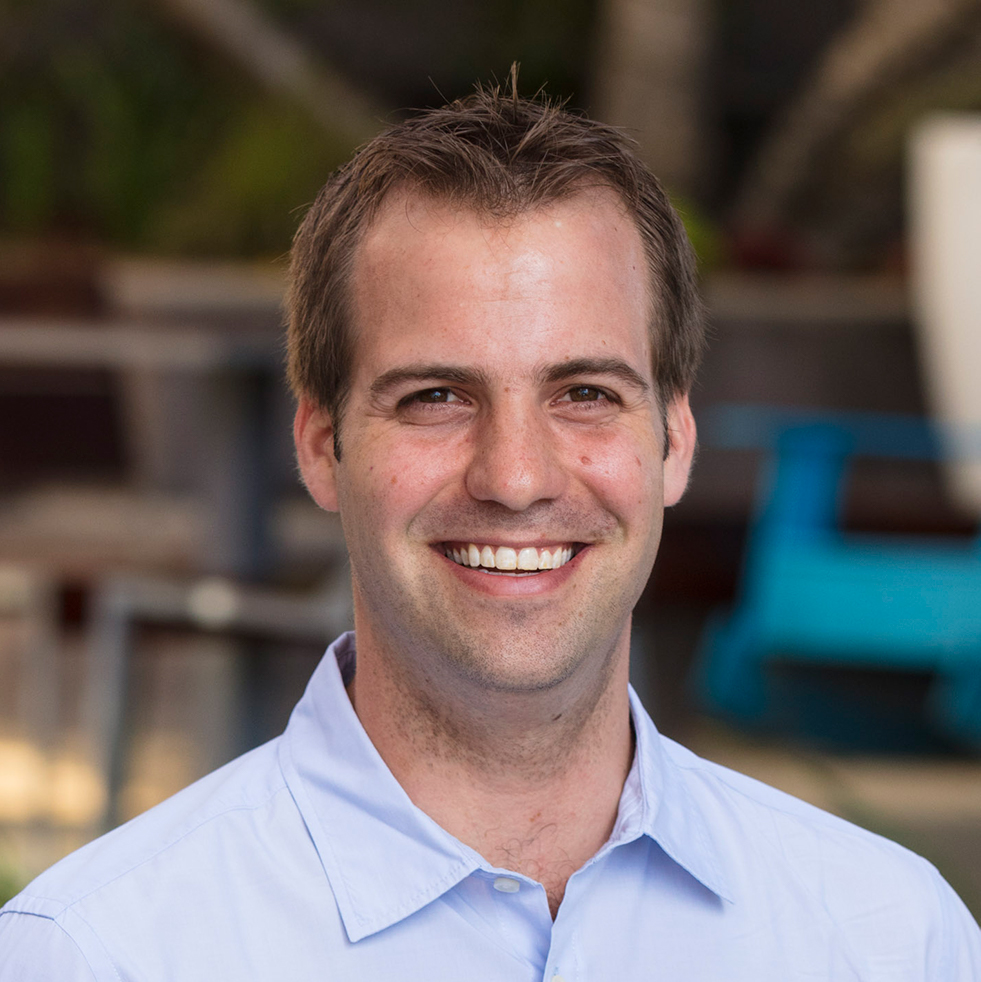Confessions of a Digital Guy in a TV World
It’s tempting to cast this as digital’s moment

For decades, media and advertising lumbered along toward digitization. But in the past year, the timeline accelerated dramatically. It’s tempting to cast this as digital’s moment. And yet when it comes to confronting the challenge of reaching and unifying highly fragmented audiences across platforms, digital guys like me still have plenty to learn from our TV partners.
But first a quick confession. For most of my career, I’ve been a digital purist. If media wasn’t delivered one-to-one, and it wasn’t completely measurable, it was suspect at best and wasted at worst. Data-driven digital had all the answers, while legacy media was a slow-moving dinosaur bound to be extinct. Many people within digital share the same point of view. To that, I urge them to read Adam Grant’s new book, Think Again: The Power of Knowing What You Don't Know. Grant argues in favor of divorcing our ideas from our identities and embracing the curious mindset of a scientist. As Grant writes, “Treat your strategy as a hypothesis and your product as an experiment.” Or, put another way, let questions, rather than answers, lead you.
Question One: How Do We Bridge the Gap Between Screens for Consumers as Consumption Patterns Change?
Changing media habits and the proliferation of new platforms have upended the world we knew. In response, our industry has positioned the challenge of reaching cord-cutters as simply a swap-out. They’ve cut the cord, so we will just reach them on connected TV and gain efficiencies by laying data-driven delivery in the process. How incredible!
But this framing over-simplifies and over-promises what’s really happening. While it’s true there’s been explosive growth in CTV consumption—a 33% increase, amounting to 1 hour and 17 minutes per day in 2020, according to eMarketer—that increase in consumption isn’t all ad-supported like all of linear. In fact, the majority of it isn’t, as consumers find reprieve binging on ad-free platforms like Netflix, Disney Plus, and ad-optional platforms like Hulu, even Youtube.
Leading with the question here means singing not about how addressable everyone is now, but asking how many consumers are now unreachable on TV? And if they aren’t reachable on TV, in whatever mode, where are they reachable? Rather than trying to achieve a digital swap-out for analog audiences (impossible), this shifting behavior means we have to have holistic plans that look at linear and connected TV AND audio AND online video AND display to actually achieve as close to comparable reach as before.
Question Two: What Becomes of Advertising Without Third-Party Cookies?
This is a different question, but the framing suffers from the same problem as the previous inquiry because it encourages us to bring our digital identities, where everything is one-to-one and completely measurable. The irony is looking at the scramble of the digital industry as their identity (both figuratively and literally) is being threatened by a world without third-party cookies. I get asked daily what’s happening in identity and what the solution will be. The reality is, no one knows. There isn’t a definitive solution or even one with a tipping point of adoption. The most likely outcome is a world with a number of disparate solutions that somehow need to be cobbled together by partners and advertisers, and then the question becomes is this even possible?
The answer is no. It already isn’t, so there’s no reason to believe the increased fragmentation of identity will solve this. Google and Facebook have end-to-end views of consumers inside their walled gardens, but their windows out onto the world are just as foggy as everyone else’s. By the same logic, ACR data helps to tell you a lot about what consumers are watching, but that same data is fragmented across device manufacturers and full of audience blind spots. Likewise, media companies have their own blind spots, no matter how well they combine their TV and digital offerings. This means that while the post-cookie solutions are valuable tools for understanding the audiences that opt-in, we need a different framework for understanding audiences that don’t.
The smarter way to stay on top of broadcasting and cable industry. Sign up below
Rather than asking how to put the cookie back together and hoist it over the walled garden, we should ask how we can understand the multitude of audience segments? Legacy TV has a lot to teach here. Panel-based measurements can help overcome blind spots. By definition, panels are samples that see across platforms. And because panels survey audiences, they operate on an opt-in basis, so changing privacy regulations isn’t an issue. Even better, advertisers can take what they learn from panels and use it as a baseline to support digital methodologies used inside the walled gardens. Many trillions of dollars have been planned using panels in the past, it’s fair to assume this is a reasonable solution going forward.
Curiosity Fuels Collaboration
Perhaps it sounds like sacrilege for a digital guy to advocate for panels, but I hope not. The reality is, digital was always about a one-to-one model, while TV built its foundation atop audience segments. Both models won because the world is a hybrid.
We must collaborate to move forward, and we should do so with curious minds. Otherwise, we risk talking past each other and ignoring fundamental questions. So, let’s discard our identities and bring the best questions and ideas to the table.
James Malins is general manager of Amobee’s Cross-Channel Strategic Solutions (ACCSS)
